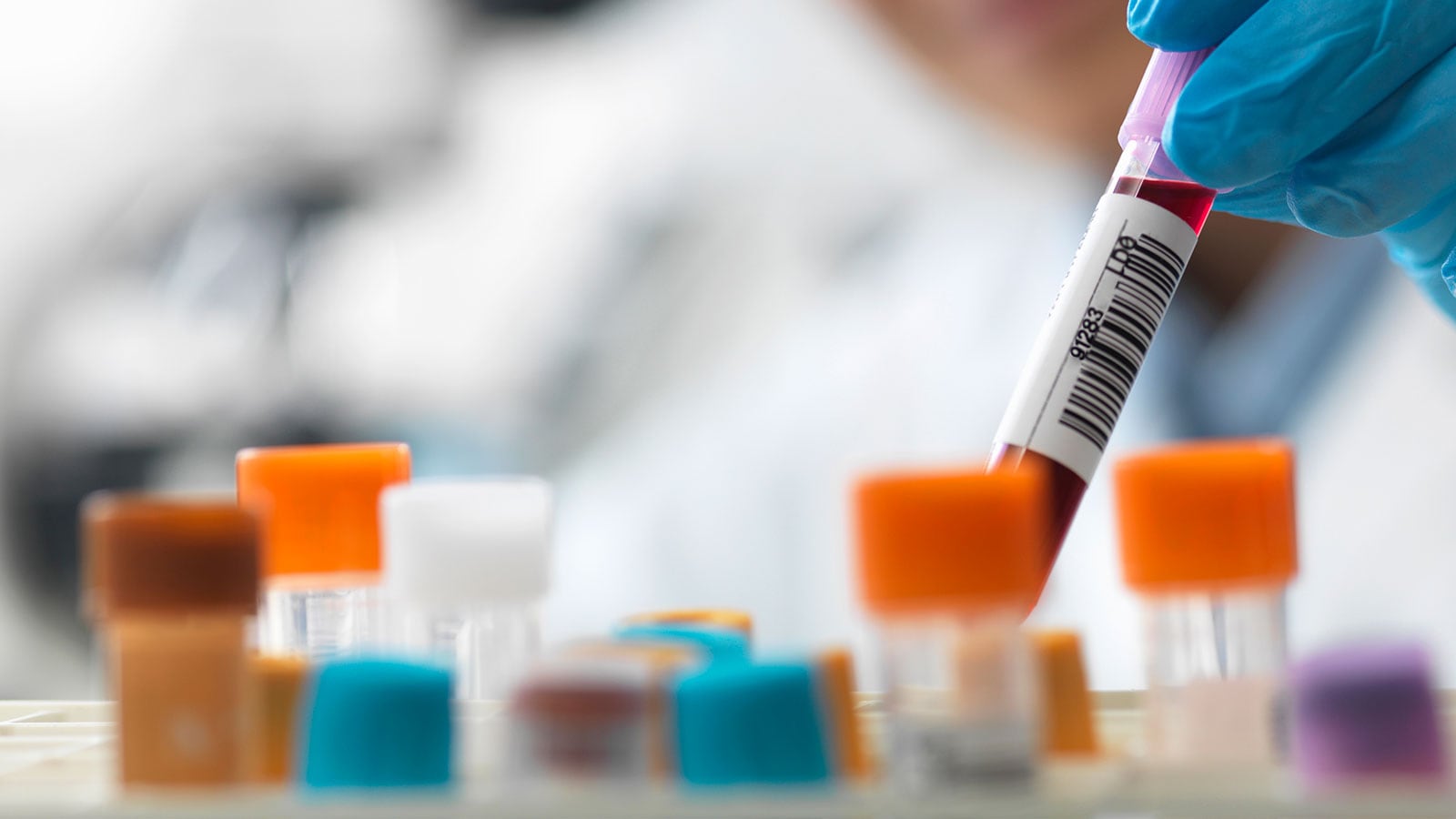Health industry dealmakers face pressure from tariffs, pricing reforms, and slower drug approvals in H2 2025
Globally, Health industries M&A activity declined in the first half of 2025 compared to the prior year, as dealmakers faced mounting headwinds. While the year began with cautious optimism – buoyed by early high-value transactions – persistent policy uncertainty and rising financing costs have shifted the focus to mid-sized deals. In this environment, buyers are doubling down on innovation, resilience, and long-term value creation through risk-sharing structures, portfolio optimisation, and strategic investment in tech platforms and emerging care models. Firstly, I am assessing the potential impact of the proposed US import tariffs, global drug pricing reforms, and slower FDA approvals, which are disrupting valuation models (especially for late-stage assets) and extending deal timelines. Secondly, we will take a look at news from the EU, UK, and US in the first half of 2025. Thirdly, I am commenting on key issues that we also discuss in our Global Health Industry blog post published recently. Finally, we examine Swiss developments in the first half of 2025, assess activity drivers, and offer a glimpse at what the second half of the year may hold for dealmakers.
As we move into the second half of 2025, health industries dealmakers face an increasingly complex landscape shaped by three converging forces: tariffs, pricing reforms, and longer regulatory approval timelines. This ‘triple threat’ is challenging valuation models, delaying deal timelines, and reshaping strategic priorities across biopharma, medtech, healthcare services, and health tech.
Before moving the focus to Switzerland, I first would like to discuss a few global topics that will drive the health industry in general and the related M&A activity in particular over the next year or two.
Firstly, the US administration’s proposed pharmaceutical import tariffs and potential rollback of duty-free treatment for medical products could increase annual costs substantially. At the same time, drug pricing reforms – most notably the shift to Most Favoured Nation (MFN) pricing, which represents a policy initiative aimed at reducing prescription drug costs in the United States by linking domestic prices to the lowest prices paid for the same medications in other high-income countries – are adding uncertainty to payer models and profit forecasts. Meanwhile, several agencies are experiencing significant impacts: the FDA is facing slower approvals for drugs and biologics; the CDC is encountering disruptions in disease surveillance, vaccine implementation partnerships, and health equity initiatives; the NIH is seeing reduced research funding and diminished public-private collaboration, particularly affecting early-stage and rare disease innovation; and the CMS is experiencing delays in reimbursement policy decisions and coding determinations, which could hinder patient access and the commercial uptake of medical products.
Secondly, the European Commission has approved mAbxience’s Denbrayce and Izamby. Denbrayce is indicated for the prevention of skeletal-related events in adults with advanced bone malignancies and for treating giant cell tumor of bone in adults and skeletally mature adolescents. Izamby is approved for the treatment of osteoporosis in postmenopausal women and men at increased risk of fractures. This approval marks a significant step in mAbxience’s efforts to expand access to high-quality, affordable therapies. In the United Kingdom, Eli Lilly’s Mounjaro, a weight management medication, is set to become available for NHS England patients soon. Looking at the US, the FDA has recently granted landmark approval to mepolizumab, marking it as the first biologic specifically for eosinophilic Chronic Obstructive Pulmonary Disease (COPD). This approval signifies a pivotal shift towards more targeted treatments for this challenging COPD phenotype.

Thirdly, combined with elevated bond yields, such as the US 10-year treasury bond note yield being at around 4.4% at the end of H1 2025 and a high of 4.8% in January 2025, these developments have weighed on deal volumes and values, since higher bond yields indicate higher borrowing costs for companies. Hopes for a megadeal rebound, sparked by Johnson & Johnson’s $14.6bn acquisition of Intra-Cellular Therapies in January, have largely faded. Most activity now centres on the $1bn–$10bn deal range.
Dealmakers are adapting to these uncertainties. Strategic and financial buyers are reassessing supply chains, applying greater diligence, and focusing on risk-adjusted returns. Those who move decisively and apply deep sector insight will be best placed to seize the opportunities emerging from this period of transformation.
Spotlight: from health industries to holistic care
M&A activity in the first half of 2025 reflects a strategic shift in how companies define their role in the evolving healthcare ecosystem. Driven by global megatrends such as AI and climate change, dealmakers are increasingly looking beyond traditional sector boundaries to tap into the broader ‘how we care’ domain – a space focused on prevention, early intervention, and connected, consumer-centric care. The goal is no longer just to digitalise legacy processes, but to enable a new standard of holistic, value-based care.
Several recent transactions illustrate this trend. ActiGraph acquired Biofourmis’ life sciences unit, adding advanced remote patient monitoring and wearable data capabilities to its decentralised clinical trial platform. TELUS Health announced its $500m acquisition of Workplace Options, a global provider of remote wellness and telehealth services, as part of its strategy to lead in virtual care. Meanwhile, EssilorLuxottica is expanding its medtech ambitions with the acquisition of Optegra, an AI-driven ophthalmology platform integrating diagnostics, therapeutic care, and surgical treatments.
Companies are widening production capacity in anticipation of high future demand. Eli Lilly has proactively invested $550 million to manufacture commercial quantities of its oral GLP-1 candidate, orforglipron, in anticipation of potential regulatory approval. The drug is currently in Phase III clinical trials for both type 2 diabetes and obesity, and the forthcoming trial results are expected later this year. Overall, Eli Lilly has invested more than $9 billion in all GLP-1 applications. This comes after Novo Holdings added significantly to its production capacities by completing a $16.5 billion acquisition of three Catalent fill-finish sites in 2025.
Global M&A volumes and values in 2025

Global health industries M&A activity slowed from H1 2024 to H1 2025, with deal volumes down 22% and values down 25%. Pharma & Life Sciences saw a 19% drop in deal volumes and a sharper 33% fall in value, indicating smaller average deals. Healthcare Services deal count fell 25%, but deal values rose about 50% due to a return of larger transactions, including several billion-dollar deals in late 2024 and early 2025. The Americas experienced the largest declines in both deal volume and value. For further insights on how the global activity trended in H1, please read our Global Health Industry M&A blog post by my colleagues Jaymal Patel and Christian Moldt.
Global M&A key themes for health industries
Before turning my attention to Switzerland, I would like to highlight a few global themes that are likely to influence the health industry – and its M&A activity – in the coming months.
Biopharma M&A continues to be shaped by the ‘string of pearls’ strategy, with large-cap players acquiring early- to mid-stage innovators to strengthen pipelines and offset upcoming patent cliffs. The $1bn–$10bn deal range remains particularly active, with a focus on oncology, immunology, and rare diseases. Notable transactions in the first half of 2025 include Sanofi’s $9.1bn acquisition of Blueprint Medicines, GSK’s deal for IDRx worth up to $1.15bn, Novartis’ $3.1bn purchase of Anthos Therapeutics, and Lilly’s $2.5bn acquisition of Scorpion Therapeutics’ precision oncology programme.
Dealmakers are facing rising policy headwinds. The anticipated US pharmaceutical import tariff and MFN-based global pricing are affecting price realisation, reimbursement, and payer models – potentially driving up drug prices abroad, especially in Europe. Cross-border M&A is under greater scrutiny, and companies are reassessing supply chains and geopolitical exposure.
Alternative deal structures are gaining traction, particularly in biotech and diagnostics, as companies look to share risk and fund innovation. Earn-outs, royalties, and licensing agreements are being used to manage uncertainty around drug approvals and market conditions. Notable examples from H1 2025 include Novartis’ $3.1bn deal for Anthos Therapeutics ($925m upfront), BMS’ $11.1bn licensing agreement with BioNTech ($1.5bn upfront), and Sanofi’s $1.9bn acquisition of Dren Bio’s antibody program ($600m upfront). In digital health, co-development partnerships are helping mitigate regulatory and reimbursement risks amid a slow IPO recovery.
In addition, strategic portfolio reviews have remained active in 2025, as companies respond to pricing pressure, cost inflation, and regulatory risk. US and global players are divesting low-growth or non-core assets, with tariff-exposed businesses increasingly under review. Notable examples include carve-outs by Becton Dickinson, and Teva’s divestment of its API business and its Teva Takeda joint venture in Japan. Many of these moves, sometimes driven by activist investors, aim to free up capital and streamline operations amid ongoing trade and reimbursement uncertainty.
Private equity firms are facing longer holding periods as exit routes remain limited. Muted IPO markets, soft public valuations, and high financing costs are delaying exits – particularly for early-stage pharma and life sciences companies. In response, PE players are increasingly turning to secondary transactions and continuation funds to create liquidity and preserve upside. Notable examples include Thoma Bravo’s sale of a stake in NextGen Healthcare to Madison Dearborn Partners and Inflexion’s £2.3bn ($3.1bn) continuation fund. Amid high-yield spreads and MFN-linked uncertainty, sponsors are shifting focus to operational improvements and strategic tuck-ins to drive long-term value.
Health tech and AI-driven platforms continue to attract strong M&A interest, particularly in diagnostics, digital therapeutics, and care coordination. These scalable, capital-light businesses offer a hedge against reimbursement risk and are drawing increased attention from private equity – now competing directly with strategic buyers. Recent PE activity includes Bain’s acquisition of HealthEdge, a next-gen SaaS platform, and New Mountain Capital’s plan to merge three companies into an AI-based revenue cycle management platform. On the strategic side, Infinx announced its acquisition of i3 Verticals’ healthcare RCM business. We expect deal activity in this space to accelerate in the second half of 2025.
And what about M&A in the Swiss health industry?

As PwC’s Swiss Health Industry Deals Leader, I also want to look at what is driving M&A in the Swiss health industry. In H1’25, Swiss deal activity slowed with 60 deals compared to 73 in the prior year. While Health Services showed the typical higher resilience to swings in deal activity, Pharma & Life Sciences deal count decreased substantially (44 versus 58 in H1’24). However, we see signs of a recovery after the record low in the second half of 2024. Beyond this, Swiss dealmakers have not seen any megadeals ($1bn+) since the start of 2024.

When it comes to the nature of acquiring firms, Switzerland has proven continuously attractive to PE buyers: During the pandemic, the share of Pharma & Life Sciences deals with financial investors doubled by 2022. This trend clearly came to stay: In the past two years, two out of three Pharma & Life Sciences deals have had a financial investor involved – which includes PE houses but, most importantly in Switzerland, VC funds.
Top M&A Deals of Switzerland in 2025
| Buyer | Target | Deal value ($m) | Timing |
| Novartis AG | Anthos Therapeutics Inc | 3'075 | Q1 |
| Novartis AG | Regulus Therapeutics Inc | 1'623 | Q2 |
| Voyager Acquisition Corp | Veraxa Biotech AG | 1'300 | Q2 |
| Taiho Pharmaceutical Co Ltd | Araris Biotech AG | 1'140 | Q1 |
| Tecmed AG | Ypsomed Diabetes Care AG | 519 | Q2 |
| MSD International GmbH | Wuxi Vaccines Ireland Ltd | 500 | Q1 |
| The Carlyle Group LLC | Sanoptis AG | 271 | Q1 |
| Alcon Pharmaceuticals Ltd | Cylite Pty Ltd | 110 | Q1 |
| Blue Earth Capital AG | Apex Kidney Care Pvt Ltd | 9 | Q1 |
In terms of notable deals in the last six months, Novartis continued to quench its thirst for strategic pipeline additions. After acquiring Mariana Oncology and IFM Due in 2024, Novartis acquired Anthos Therapeutics and Regulus Therapeutics. Anthos is a late-stage cardio asset with a pipeline focused on the prevention of stroke and systemic embolism. Novartis initially licensed abelacimab to Anthos in 2019 and held a minority equity stake in the company. After Anthos advanced abelacimab to late-stage trials and de-risked the asset, Novartis acquired Anthos to gain control over the late-stage asset and to leverage Novartis’ global reach as phase 3 concludes. Conscious of Entresto going off patent in 2025, acquisitions like this prove M&A to be an effective means for pipeline replenishment. The takeover of Regulus was a public deal aimed at getting its hands on Regulus’ lead asset in development for the treatment of autosomal dominant polycystic kidney disease (ADPKD).
Another deal that has drawn public attention was Veraxa’s NASDAQ listing via a SPAC merger in April 2025 for $1.3bn. Veraxa – a young Heidelberg University spin off – is focused on antibody screening technology for cancer therapies.
Overall, we anticipate an increase in Swiss Pharma & Life Science deals in the second half of 2025 driven by further recovery and the historically stronger performance of the latter half of the year. However, the deals environment remains challenging due to tariffs, pricing reforms, and extended regulatory approval timelines. Big pharma will stay resilient and will face peer pressure as the patent cliffs are nearing. Meanwhile another key driver will be private equity investments, which I expect to thrive once market uncertainties subside or at least the respective opportunities are embraced, and potentially the interest rates in the US are starting to lower.
“Uncertainties around tariffs and the future of drug pricing in the US have slowed down the optimism we saw early in the year after JPM. It feels as though market participants are quick to adapt, and it will only take one or two deals to break the stalemate, as pipeline pressure will force big pharma to bolster their pipeline.”
Luca Borrelli,Partner, Pharma and Life Sciences, PwC Switzerland






